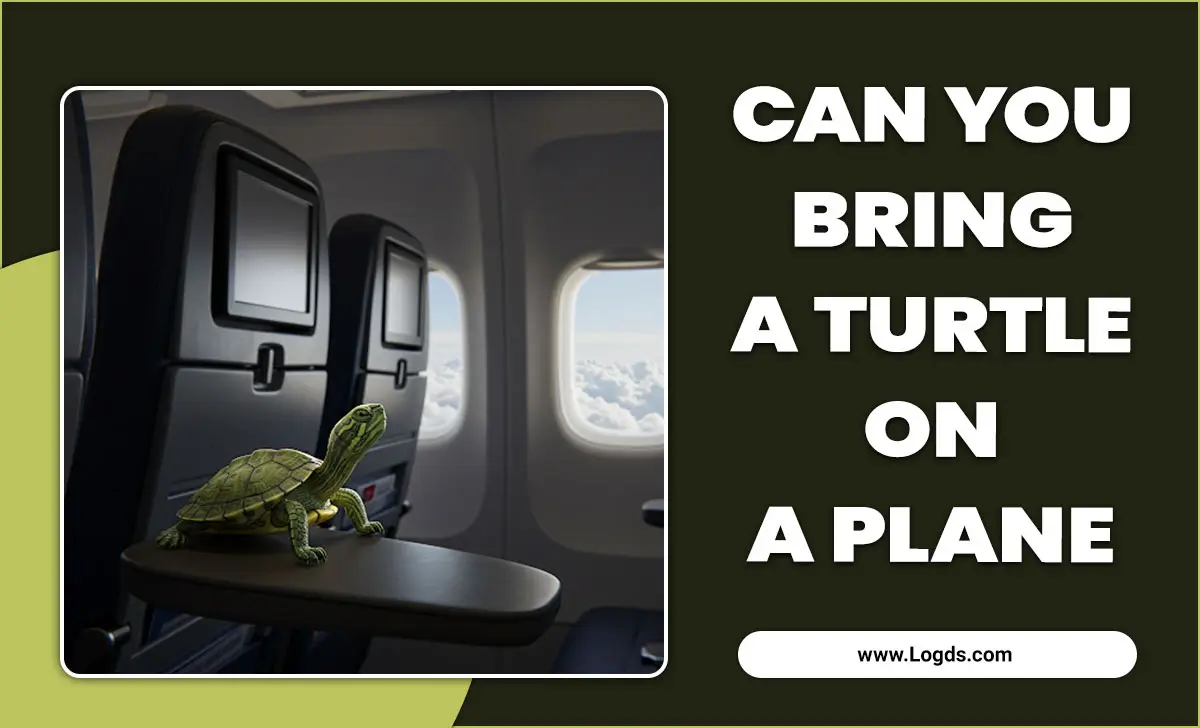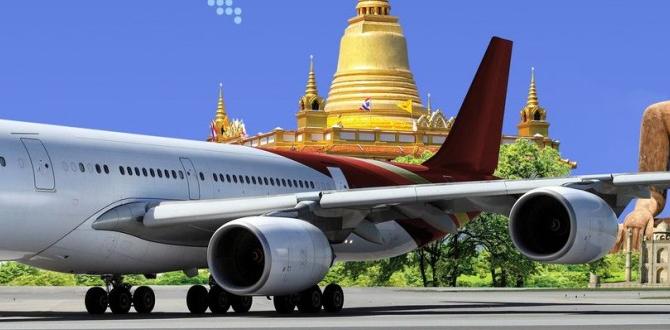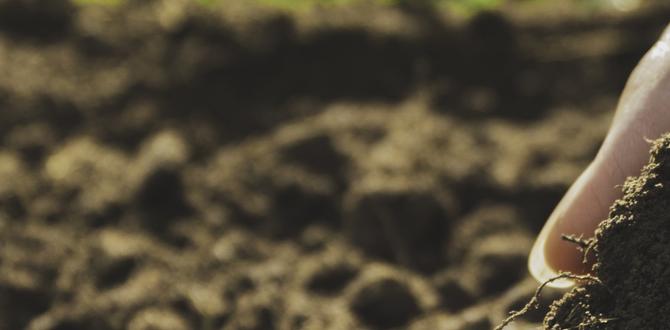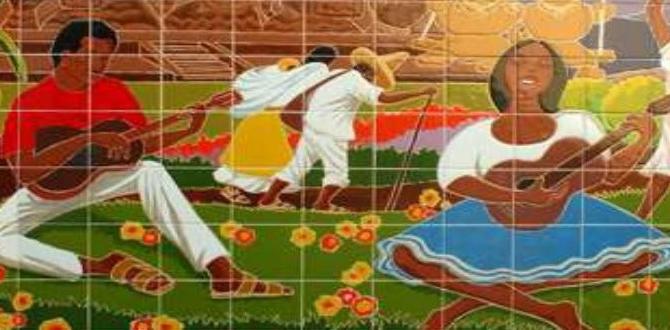Looking for the Bolivia best neighborhoods to stay? Explore our guide to find safe, lively, and convenient areas in cities like La Paz and Sucre, perfect for every traveler’s needs, from budget adventurers to families seeking comfort.
Planning a trip to Bolivia can be exciting, but figuring out where to stay can feel overwhelming. You want to be close to the action, feel safe, and have easy access to transportation and amenities. It’s a common travel puzzle, and stress can creep in when you’re not sure where to center your adventures. This guide is here to help. We’ll break down the best neighborhoods in Bolivia’s most popular cities, making your decision simple and ensuring a comfortable, enjoyable stay. Get ready to discover your perfect Bolivian home away from home!
Why Choosing the Right Neighborhood Matters in Bolivia
Selecting the ideal neighborhood is like picking the right travel companion – it can significantly enhance your experience. In Bolivia, a country brimming with diverse landscapes and vibrant cultures, your chosen base camp impacts everything from your daily commute to your evening strolls.
Think about it: are you after bustling city life with easy access to museums and restaurants? Or perhaps a quieter, more residential feel with local markets and a slower pace? Proximity to public transport, safety considerations, and the overall atmosphere are all crucial elements.
For instance, if you’re traveling with young children and need to manage things like carrying extra supplies or ensuring easy diaper changes discreetly, knowing you’re in a well-equipped and safe area adds immense peace of mind. Similarly, for longer stays or flights, comfort and accessibility become even more important.
This guide will walk you through some of the top neighborhood choices, highlighting what makes each one special and who it might be best suited for. We’ll focus on practical aspects so you can book with confidence.
Understanding Bolivia’s Major Cities: Your Starting Point
Bolivia is vast and varied, but two cities often capture the hearts of travelers: La Paz and Sucre. Understanding their distinct characters is key to picking the best neighborhood for your trip.
La Paz, the administrative capital, is a marvel of high-altitude living. It’s a sprawling, bustling metropolis characterized by steep hillsides, vibrant markets, and a dynamic energy. It’s the heart of Bolivian commerce and culture, offering a truly immersive urban experience.
Sucre, the constitutional capital, offers a different charm. Known as the “White City,” it’s famous for its well-preserved colonial architecture, more relaxed atmosphere, and a significant presence of universities, giving it a youthful, intellectual vibe. Sucre is often considered more laid-back and easier to navigate than La Paz.
For many travelers, especially those on longer journeys or with specific comfort needs, understanding the infrastructure of these cities is vital. This includes everything from the availability of accessible public transport to the presence of pharmacies and shops that carry essential items. For example, knowing you can easily find a pharmacy that stocks comfort-focused items, like adult or child diapers for extended travel days, can remove a significant stressor.
La Paz: Navigating the High-Altitude Hub
La Paz is an exhilarating city that instantly captivates visitors. Its dramatic setting amidst the Andes mountains is breathtaking, and its energetic streets are a sensory feast. When choosing a neighborhood, consider what kind of experience you’re seeking.
Zona Sur: The Upscale and Convenient Choice
Zona Sur, literally “South Zone,” is widely considered one of the most desirable areas in La Paz. It’s a modern and affluent district, offering a higher standard of living and numerous amenities.
What to Expect in Zona Sur:
- Safety and Comfort: This area is known for being one of the safest in La Paz, with well-lit streets and a generally lower crime rate. This makes it a comfortable choice for families and solo travelers alike.
- Modern Amenities: You’ll find upscale shopping malls, excellent restaurants offering both Bolivian and international cuisine, trendy cafes, and well-maintained parks.
- Good Connectivity: While it’s a bit removed from the historical center, Zona Sur is well-connected by public transport, including the Kéti (cable car) system, taxis, and minibuses. It’s also close to the El Alto International Airport if you’re arriving or departing by air.
- Accommodation: Options range from luxury hotels to modern apartment rentals, catering to those who prioritize comfort and convenience.
Best for:
- Travelers seeking a higher level of comfort and modern conveniences.
- Families who value safety and easy access to shops and services.
- Business travelers or those on longer stays needing a reliable base.
Sopocachi: Bohemian Charm and City Views
Sopocachi is a charming hillside neighborhood offering a more bohemian and artistic vibe. It’s characterized by its vibrant street art, independent boutiques, and beautiful views overlooking the city.
What to Expect in Sopocachi:
- Atmosphere: It’s a popular spot for expats and locals, offering a more relaxed yet lively atmosphere with a strong sense of community.
- Culture and Dining: Discover cozy cafes, art galleries, independent bookstores, and a good selection of restaurants.
- Views: Sopocachi’s elevated position provides stunning panoramic views of La Paz and the surrounding mountains, especially from its numerous balconies and viewpoints.
- Accessibility: It’s relatively close to the city center and well-served by taxis and minibuses. You can also enjoy walking through its picturesque streets.
Best for:
- Travelers seeking a more local feel and artistic flair.
- Couples or solo adventurers looking for charming, boutique accommodation options.
- Those who enjoy exploring on foot and discovering hidden gems.
El Centro Historico (Historic Center): The Heartbeat of the City
If you want to be immersed in the historical and cultural heart of La Paz, El Centro is the place to be. This area pulses with activity, from bustling markets to significant landmarks.
What to Expect in El Centro:
- Landmarks and Culture: Home to key attractions like Plaza Murillo (Presidential Palace, Cathedral), Calle Jaén (colonial street with museums), and the Witches’ Market.
- Bustling Atmosphere: Expect vibrant street life, constant movement, and a truly authentic Bolivian urban experience.
- Budget-Friendly: You’ll find a wide range of budget to mid-range accommodation, including hostels and guesthouses, and many affordable eateries.
- Convenience: It’s the central hub for many bus routes and taxi services, making it easy to get around the city.
Considerations for El Centro:
- Noise and Crowds: This area can be noisy and crowded, especially during peak hours and market days.
- Safety: While generally safe for tourists, it’s wise to be more aware of your surroundings, as with any busy city center, particularly regarding pickpocketing.
Best for:
- Budget travelers wanting to be close to major attractions and experience the city’s pulse.
- History buffs and culture enthusiasts eager to explore museums and historical sites.
- Backpackers looking for lively social scenes and hostel options.
La Paz Neighborhood Comparison Table
| Neighborhood | Vibe | Pros | Cons | Best Suited For |
|---|---|---|---|---|
| Zona Sur | Modern, Upscale, Convenient | High safety, modern amenities, good connectivity, comfortable accommodation. | Further from historical sites, can be pricier. | Families, comfort-seekers, business travelers. |
| Sopocachi | Bohemian, Artistic, Scenic | Charming atmosphere, great views, local feel, good dining/cafes. | Steep streets, can be quieter at night than Centro. | Solo travelers, couples, art lovers, those seeking a relaxed pace. |
| El Centro Historico | Historic, Bustling, Cultural | Prime location for attractions, vibrant energy, budget-friendly options. | Can be noisy and crowded, requires more vigilance regarding safety. | Budget travelers, history buffs, backpackers. |
Sucre: The Tranquil White City
Sucre offers a refreshing contrast to the intensity of La Paz. Its UNESCO World Heritage status is well-deserved, with its gleaming white colonial buildings and a distinctly relaxed pace of life. It’s a place where history feels alive and the atmosphere is conducive to relaxation and exploration.
Centro Historico (Historic Center): Colonial Charm and Centrality
The heart of Sucre is its beautifully preserved colonial center. Staying here means you’re surrounded by history, vibrant plazas, and the city’s most important landmarks.
What to Expect in the Centro Historico:
- Architecture and Atmosphere: Wander through narrow cobblestone streets lined with whitewashed buildings adorned with colorful flowers. The main plazas, Plaza 25 de Mayo and Plaza Aniceto Arce, are perfect spots to people-watch.
- Convenience: Most major attractions, museums, restaurants, cafes, and markets are within easy walking distance.
- Safety: Sucre is generally considered one of the safest cities in Bolivia, and its historic center is well-patrolled and lively during the day.
- Accommodation: You’ll find a good range of charming boutique hotels, guesthouses, and apartments, many housed in renovated colonial buildings.
- Accessibility: The airport is a short taxi ride away, and central bus stations are accessible.
Best for:
- Travelers who appreciate history, architecture, and a relaxed pace.
- Anyone wanting to be in the center of the action with easy access to everything.
- Those seeking a charming and picturesque base for their explorations.
Monolibog & Garcilaso: Local Life and Authentic Flavors
These adjacent neighborhoods, slightly outside the immediate historical core, offer a more local experience while still being very accessible to the center. They are known for their authentic markets and a growing number of local eateries.
What to Expect in Monolibog & Garcilaso:
- Authentic Markets: Explore the lively Mercado Central or more specialized markets where locals shop, offering a true taste of Bolivian daily life and incredible fresh produce.
- Local Eateries: Discover smaller, family-run restaurants (comedores) serving up delicious and affordable traditional Bolivian dishes.
- Residential Feel: These areas have a more residential character, giving you a glimpse into everyday life in Sucre.
- Walkability: They are a pleasant walk (10-20 minutes) from the main plazas of the historic center.
Best for:
- Travelers looking to immerse themselves in local culture and food.
- Budget-conscious travelers seeking authentic experiences and affordable dining.
- Those who enjoy exploring beyond the main tourist paths but want to stay close to the center.
Sucre Neighborhood Comparison Table
| Neighborhood | Vibe | Pros | Cons | Best Suited For |
|---|---|---|---|---|
| Centro Historico | Colonial, Historic, Central | Beautiful architecture, easy access to attractions, safe, charming accommodation. | Can be quieter at night, fewer modern amenities than Zona Sur (La Paz). | History lovers, architecture buffs, those seeking a picturesque and convenient stay. |
| Monolibog & Garcilaso | Local, Authentic, Residential | Genuine local markets, affordable authentic food, glimpse of daily life, walkable to center. | Less ‘touristy’ feel, further walk to main attractions than direct Centro. | Culture seekers, budget travelers, foodies, those wanting a local experience. |
Beyond La Paz and Sucre: Other Notable Areas for Travelers
While La Paz and Sucre are the most popular destinations, Bolivia offers other gems. If your travels take you elsewhere, or you’re seeking a different pace, consider these regions.
Cochabamba: The Gastronomic Capital
Known as Bolivia’s gastronomic capital, Cochabamba is a pleasant city with a more relaxed pace than La Paz and a vibrant food scene. The neighborhoods around the city center and the more affluent northern areas offer good access to restaurants and amenities. It’s a great place to explore if you’re a foodie and appreciate a slightly warmer climate.
For travelers needing specific comfort aids, like convenient access to changing facilities or well-stocked pharmacies for products such as adult or child diapers, Cochabamba’s more developed urban areas often provide better availability than smaller towns. It’s always a good idea to research local pharmacies in advance or reach out to your accommodation to inquire about nearby services.
Santa Cruz: The Tropical Gateway
Santa Cruz is Bolivia’s largest city and its economic powerhouse. It’s a tropical, modern metropolis with a decidedly different vibe from the Andean cities. Neighborhoods like Equipetrol are known for their upscale restaurants, nightlife, and shopping. While it’s a modern hub, it’s important for travelers to research specific areas for safety and convenience, especially if they require easy access to specialized facilities or quieter environments.
Practical Tips for Making Your Stay Comfortable
No matter which neighborhood you choose, a few practical tips can significantly enhance your comfort and ease of travel, especially when managing specific needs.
Navigating Public Transport
Bolivia has a varied public transport system.
- In La Paz: The Kéti (cable car) system is a modern, efficient, and scenic way to get around the city’s steep gradients. Minibuses (micros) are ubiquitous and incredibly cheap but can be crowded and require knowledge of routes. Taxis are plentiful and relatively inexpensive but agreeing on a fare beforehand is recommended.
- In Sucre: The historic center is very walkable. Taxis are readily available and affordable for longer distances or when carrying more.
When using public transport, especially with young children or personal care needs, consider a taxi for greater privacy and ease. If you require products like child diapers (known locally as ‘pañales para bebé’ or ‘pañales desechables’), having a small bag ready or knowing where a restroom is located can make a big difference on longer journeys.
Safety and Awareness
Bolivia is generally a safe country for tourists, but like anywhere, it’s wise to be vigilant.
- Be aware of your surroundings: Especially in crowded markets or on public transport.
- Keep valuables secure: Use anti-theft bags or money belts.
- Avoid walking alone at night: In unfamiliar or poorly lit areas.
- Research common scams: To avoid falling victim. The U.S. Department of State’s Bolivia travel advice often includes safety tips relevant to travelers.
Packing Essentials for Comfort
Beyond the basics, consider items that enhance comfort, particularly for sensitive situations.
- Comfortable walking shoes: Essential for exploring cobblestone streets and hills.
- Layers of clothing: Due to varying altitudes and temperatures.
- Personal care items: If you have specific needs, like incontinence products (adult or child diapers), pack a sufficient supply, especially for remote travel. While larger cities have pharmacies, availability of specific brands or types can vary. For extended trips, consider bringing a trusted supply from home. For example, discreet options like Depend or specialized child diaper brands can offer peace of mind away from home.
- Basic first-aid kit: For minor scrapes or discomforts.
Frequently Asked Questions
Q1: Which city is better to stay in, La Paz or Sucre?
It depends on your travel style! La Paz offers a bustling, high-altitude urban adventure with its dynamic markets and striking geography, ideal for those who love city life. Sucre provides a more relaxed, colonial charm with historical architecture and a pleasant climate, perfect for a slower pace and cultural immersion.
Q2: Are these neighborhoods safe for solo female travelers?
Generally, yes. Neighborhoods like Zona Sur in La Paz and the Centro Historico in Sucre are considered safe and well-trafficked. However, as with any travel, it’s always advisable to stay aware of your surroundings, avoid walking alone late at night in isolated areas, and trust your intuition.
Q3: What is the best neighborhood for budget travelers in La Paz?
El Centro Historico is often the best choice for budget travelers. It’s close to many major attractions, there’s a wide selection of affordable hostels and guesthouses, and you’ll find many local eateries (comedores) offering inexpensive meals.
Q4: How easy is it to find pharmacies and essential supplies like diapers in these neighborhoods?
In major neighborhoods like Zona Sur and El Centro in La Paz, and the Centro Historico in Sucre, finding pharmacies (‘farmacias’) is generally.







